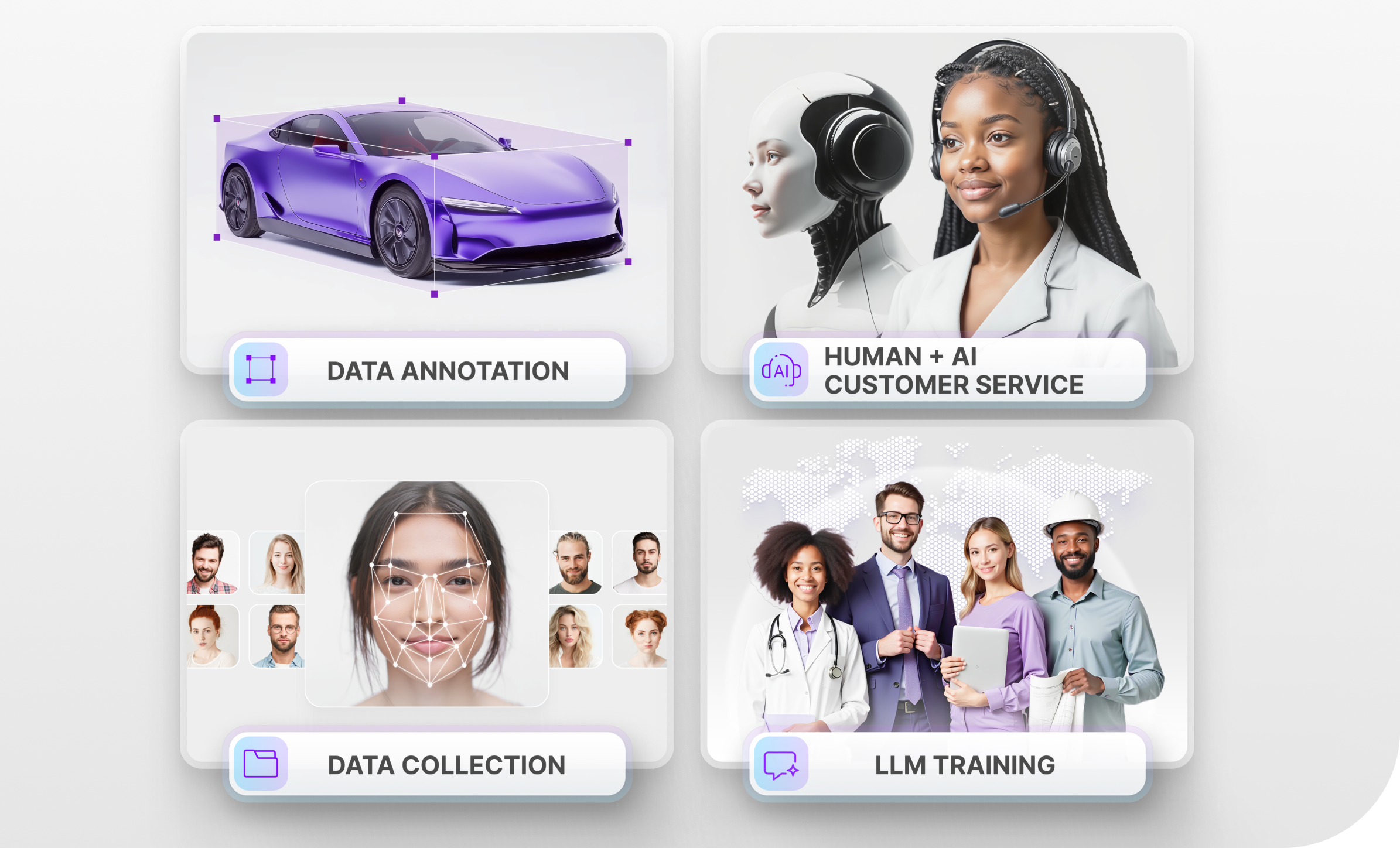Using AI to Predict Extreme Weather
Predicting extreme weather is not easy. The climate conditions are changing, which has caused an increase in the number of severe weather conditions such as floods, storms, heatwaves, and wildfires. This is why scientists are relying on AI to obtain more accurate weather forecasts to help minimize the damage caused by severe weather and help save lives. In this article, we will take a closer look at the AI technologies used to predict extreme weather and the data annotation that is needed to create them.
How Can AI Be Trained to Predict Extreme Weather?
Meteorologists, along with scientists from Penn State University, are working together to analyze more than 50,000 weather satellite images to train an AI system to quickly identify storms. They identify specific comma-shaped cloud formations that are tell-tale signs of severe weather, such as hail, blizzards, high winds, and thunderstorms.
As a result of their work, the AI system was able to learn and identify the needed cloud formations with an almost perfect level of accuracy. Another benefit was that it helped refocus the attention of meteorologists on potential cloud formation, and it managed to predict 64% of severe weather events, which is a better result than the ones established detection systems can provide.
In many situations, powerful and expensive supercomputers are necessary to process the vast amounts of data needed for accurate weather predictions. However, the AI system can run on smaller computers, which makes the technology available to a larger market. It can be used by climate risk and planning companies that already use techniques to downscale global weather forecasts to a local scale, which allows them to cut down on costs and computing power. They use a machine learning technique that pits two neural networks against each other. The neural networks – designed to work like neurons connected in the brain – fight and train each other using global weather data until they get a result.
Now that we know how AI technologies can predict extreme weather, let’s look at the type of work an image annotation company would need to do to make these technologies work properly.

How Big of an Impact Can These Technologies Make?
Using this method, researchers generate highly accurate and inexpensive local forecasts for hours or days ahead. And because it is not as costly, it allows poorer countries affected by climate change to use forecasts to change the way they farm, build bridges, roads, or homes, and adapt to extreme weather. Negative impacts from climate change on weather are being felt everywhere. The US National Climate Assessment says frequent severe events will affect communities across the nation. There were 20 billion dollar weather disasters in 2021 alone, including wildfires, winter storms, floods, tornadoes, and tropical cyclones.
According to data analytics and technology company DTN, which runs a high-resolution weather forecast service providing real-time information to New York City Emergency Management, among others, such technology creates an improved ability for the city to alert residents when potential triggers are reached. Average costs associated with extreme weather events in the United States have increased steadily since 1980. They have costly impacts on cities’ basic services, infrastructure, housing, human livelihoods, and health. AI helps us to calculate that risk and can be used as a preventive measure.
What Types of Data Annotation are Necessary to Create These Technologies?
A little earlier, we mentioned that researchers at Pennsylvania State University used 50,000 satellite images to train their AI system. While having such a large training dataset is a good start, they would need an image annotation service to label all of the various cloud formations that could lead to severe weather. There are different types of data annotation and the exact type of image annotation would depend on the level of detail. For example, the data annotators could simply tag or label the cloud formations, or they could contour them with polygon annotation. If there is a specific detail the system needs to focus on, semantic segmentation would be needed since this is one of the most in-depth types of annotations where data annotators label each pixel of an image with a corresponding class of what is being represented.
Trust Mind Support With All of Your Image Annotation Needs
Mindy Support is a global company for data annotation and business process outsourcing, trusted by several Fortune 500 and GAFAM companies, as well as innovative startups. With nine years of experience under our belt and offices and representatives in Cyprus, Poland, Romania, The Netherlands, India, and Ukraine, Mindy Support’s team now stands strong with 2000+ professionals helping companies with their most advanced data annotation challenges.





